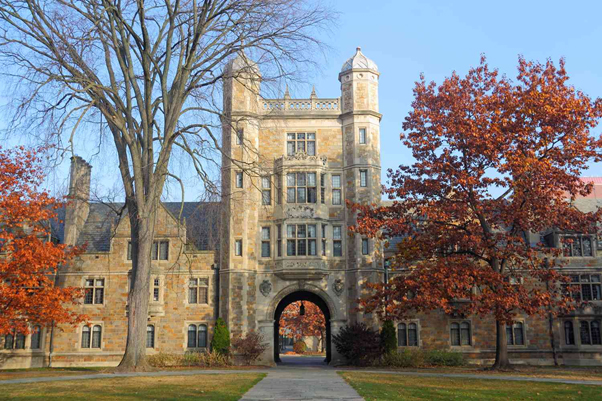
Unveiling the Surprising Landscape
The U.S. Supreme Court's ban on affirmative action in college admissions, which rolled out in June, has defied expectations by not leading to a decline in minority law school applicants. Recent Law School Admission Council statistics highlight a groundbreaking 43% representation of people of color within the current national law school applicant pool. Moreover, there has been a significant 7% upswing in minority applicants compared to last year.
The Midway Point: Diversity Soars Amidst Applicant Surge
As the fall 2024 admissions cycle reaches its midpoint, there is a 4% surge in the total number of applicants nationwide. A substantial 15% increase in individuals registering to take the Law School Admission Test later this month hints at a potential further expansion of the applicant pool.
The remarkable diversity observed in the applicant pool is a testament to the resilience of minority candidates after the Supreme Court's affirmative action ruling. Strategic efforts by law schools and the Law School Admission Council to reassure minority candidates of their continued value have been pivotal in maintaining robust applicant numbers.
Strategic Responses: How Law Schools are Adapting
In light of the Supreme Court's decision, which bars the consideration of race in admissions decisions, many law schools have responded with adaptability, particularly in refining essay prompts. While the ruling eliminates the direct use of race as a factor, candidates are still allowed to discuss their racial background in essays and personal statements openly.
Promising Trends: Uplift in Minority Applications
Detailed Law School Admission Council data points to encouraging trends among specific minority groups. Hispanic applicants have surged by almost 9%, Black applicants have witnessed an increase of over 7%, and the number of Asian applicants has risen by more than 6%. In contrast, white applicants have experienced a more modest 1% increase year-over-year.
Navigating Future Challenges: Potential Long-term Consequences
Despite the current resilience, concerns persist about potential long-term consequences. Aaron Taylor, the executive director of the AccessLex Center for Legal Education Excellence, cautions that if denial rates among applicants of color rise after the current admission cycle, future declines in applications from these groups may become evident. Research suggests that the negative impacts of affirmative action bans tend to intensify over time.
Diversity Triumphs: Affirmative Action Legacy in Records
The current cohort of first-year law students, admitted just before the Supreme Court's affirmative action ruling, is the most diverse class on record. Comprising 40% people of color, these first-year students have surpassed the 2022 record of 39%, underscoring the positive impact of affirmative action policies in achieving greater diversity in legal education.





